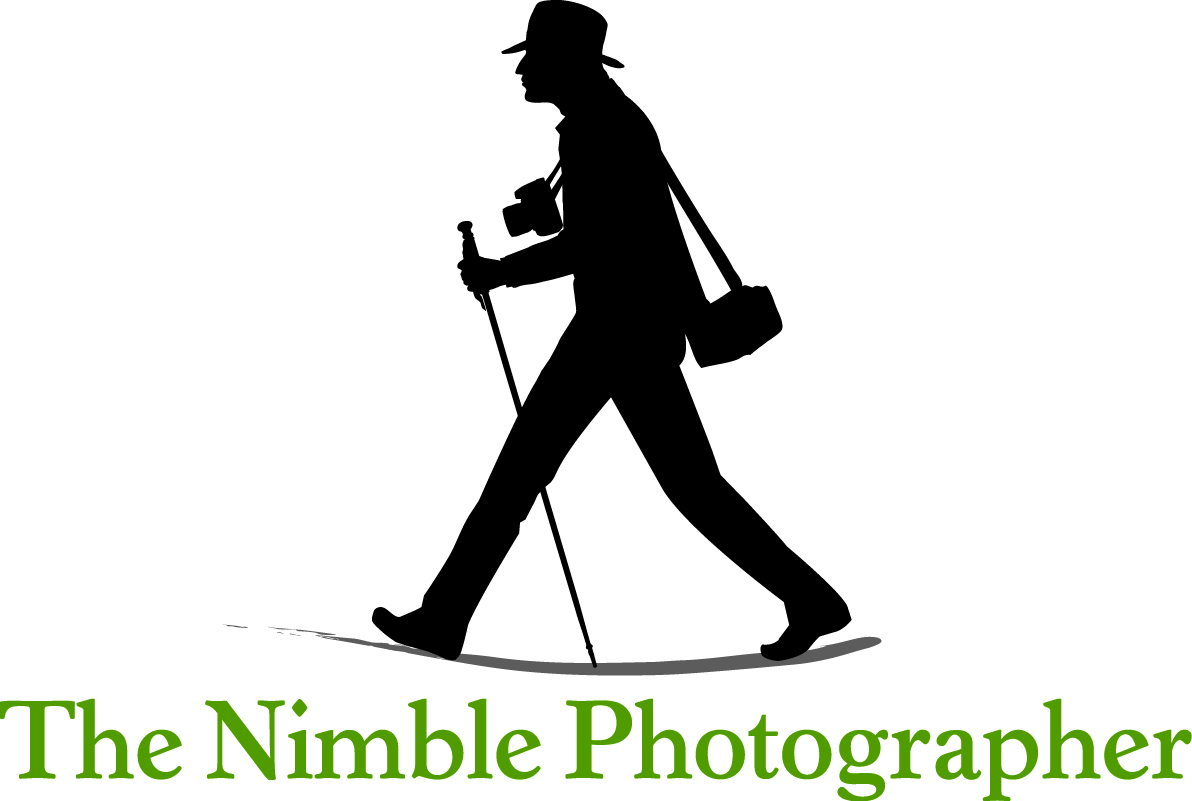We had just polished off a round of burgers on a warm summer evening in downtown Santa Rosa. My wife was sitting to my left, and three boys, at the end of their teenage years, across from me.
I had two beers that night, one more than usual. But it was a special occasion. Each of the boys had just wrapped up successful internships. That's impressive for freshmen. As I recall, I worked in a body shop as a 19-year-old, moving cars around and keeping the paint tent clean. These guys were already starting their careers.
Our car was parked in a garage across the street. Our stomachs were full, and it was time to go. I had my Pentax ZX-5 with a 50mm f/1.7 in my right hand. Of course I did, right.
Once we crossed the street, I stopped the boys and asked for a picture. They lined up stiffly against the cool concrete wall. People were walking around us. The young men felt awkward, but they knew there was no escape.
"Look, I don't want that," I said. "You guys mean the world to each other. I want something more for this shot."
I know these moments don't come often. Max will soon leave for his second year at University of Santa Clara. Zach will head south down 101 for his sophomore year at Santa Barbara. And Jason, who has been living with us for the duration of his internship, will head back to Santa Clara with Max.
But for this moment, we're all here, together. I wanted this shot on film. It's a film shot, meant to be captured with silver and celluloid. Forever. Brothers.
"C'mom, give me some GQ," I said.
That always makes them laugh and seems to loosen up the scene. And sure enough, it came together. They forgot about everything else except each other. Click. Light passed through the lens, through the open shutter, striking a million silver crystals that memorized 1/30th of a second of our lives.
This is a fraction of a moment that I will never get back, nor will I ever lose.
-Derrick
